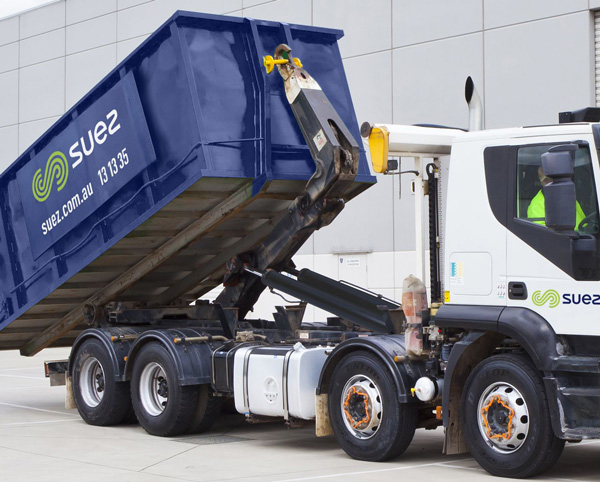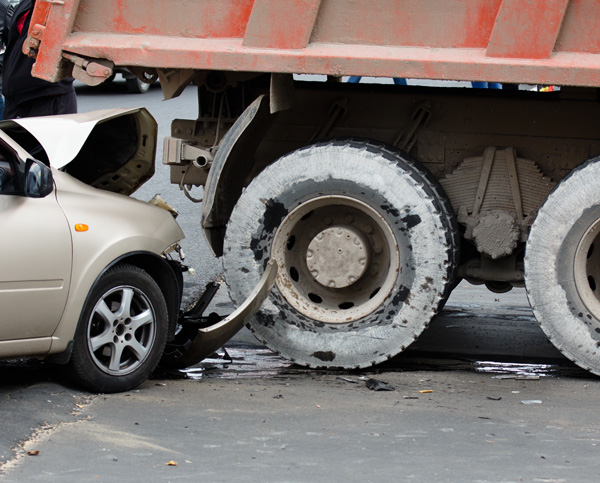Fluctuating Speed Limits
One of the biggest challenges that heavy vehicle drivers face is the rapidly changing speed zones that exist in urban and regional areas. For example, within a few short kilometres, freight drivers can move from a 40km zone to a 50km zone, then to 60km, to 80km, to 90km, and then to 100 and 110km zones.



